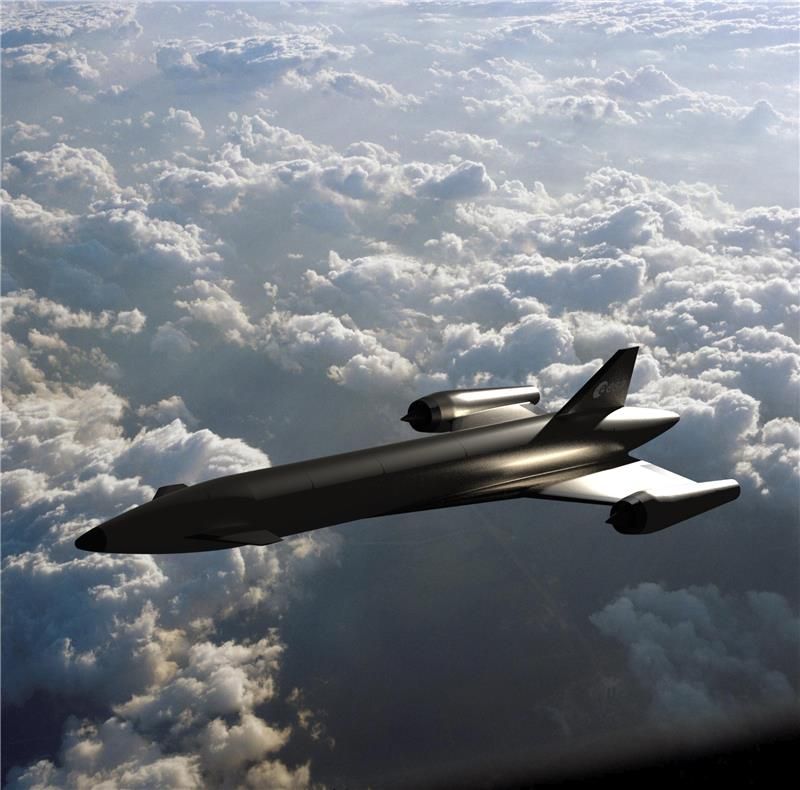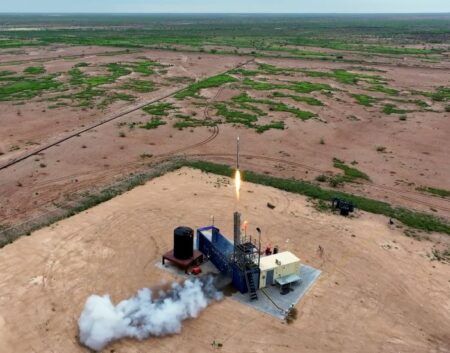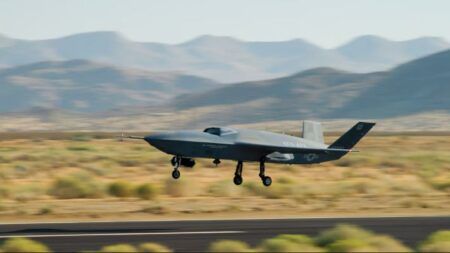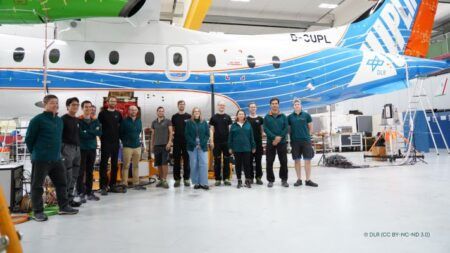A research program to develop a reusable hypersonic test platform capable of flying at Mach 5 has been launched by the European Space Agency.
The €7 million (US$8 million) program, known as Invictus is being led by UK-based Frazer-Nash consultants, aims to develop a fully reusable experimental aerospace vehicle that will demonstrate key technologies for sustained hypersonic flight in the atmosphere and horizontal takeoff capabilities.
The program aims to build and fly a Mach 5-capable aircraft at the edge of space by early 2031 to prove the suitability of a hydrogen-fueled precooled air-breathing propulsion system for horizontal takeoff and hypersonic flight.
The Invictus vehicle will be upgradable, allowing for the exchange of materials, software and propulsion systems between flight test campaigns.
“The program will provide an invaluable opportunity to test the complete engine flow path, from intake to afterburner, at full scale in an integrated aircraft,” said David Perigo, ESA’s chemical propulsion engineer and the program’s technical lead.

The precooler system builds on technology developed through the ESA’s SABRE (synergetic air-breathing rocket engine) study and was designed by UK-based Reaction Engines Ltd (REL). The technology developed by REL can chill superheated air in a fraction of a second and has already been successfully demonstrated through integration with conventional jet engines.
Frazer-Nash has recruited engineers from REL into their company. REL, which employed 203 people went into administration last year, after attempting to build an air-breathing engine and a space plane for more than 30 years.
One of the main challenges of operating a hypersonic vehicle is that at high speed, due to shock heating and surface friction, the outer surface of the aircraft and the air entering the engines are extremely hot. These conditions call for specialized technologies and propulsion systems to power the vehicle through the high speed ranges.
“Aircraft that fly at hypersonic speeds face extremely high temperatures due to shock heating and the friction from the air,” said Sarah Wilkes, managing director at Frazer-Nash. “The precooler cools the air before it reaches the engine, allowing conventional aircraft engines to travel at hypersonic speeds.”
Previous tests by REL validated the precooler technology at hypersonic flight conditions, successfully demonstrating the integration of the technology with existing jet engine architecture.
The tests showed the precooler’s ability to cool airflow at speeds significantly more than the operational limit of any jet engine powered aircraft in history. Mach 5 is more than twice as fast as the cruising speed of Concorde and over 50% faster than the SR-71 Blackbird aircraft, the world’s fastest jet engine powered aircraft.
The lightweight architecture of a SABRE-like engine paves the way for true spaceplanes, able to take off horizontally from a runway, taking us a step closer to widespread access to space.
“Invictus is an important next step in developing the technologies required for future spaceplanes and will give Europe a unique asset for exploring this type of flight,” said Mark Ford, head of the ESA’s Chemical Propulsion Section.
Over the next 12 months, the Invictus consortium, led by Frazer-Nash and including Spirit AeroSystems and Cranfield University, will deliver the preliminary design of the full flight system.
“Hypersonic flight is not just the next frontier of aerospace – it is the gateway to a new paradigm of mobility, defense, and space access,” said Tommaso Ghidini, head of the ESA’s Mechanical Department. “With Invicuts, Europe is seizing the opportunity to lead in technologies that will redefine how we move across the planet and reach beyond it.”
Tony Forsythe, head of space technology at the UK Space Agency, said the project has significant potential to build on advanced cooling and hypersonic propulsion technology developed by UK engineers over many years. The agency looks forward to seeing how the work develops and the opportunity it presents for boosting economic growth and national security.




